Raulane is a ritualistic dance festival that marks the end of the Suskar Festival in Kothi and Kalpa villages, where people pray to the Sauni (Fairies) of their local meadows. (similar to Bugyal in Uttarakhand).
In the upper Himalayas, Kalpa’s Raulane festival feels less like a show and more like a secret, an interesting one. The internet recently found a few videos and pictures and in no time it became a sensation, people being curious on what it is but let me tell you Raulane is not a staged performance. It is a living ritual that honours the Sauni fairies who are believed to protect people through winter.
This guide walks you through the festival from why it exists, to who takes part, to what you will actually see at the Nagin Narayan temple.
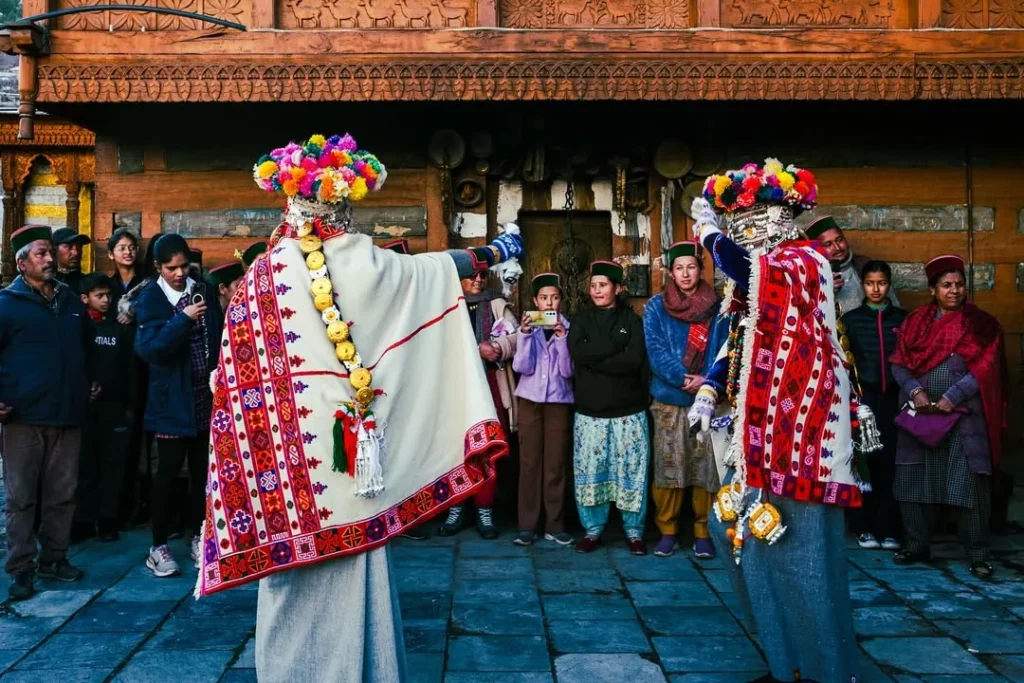
Table of Contents
What is Raulane and why does it Matter
Raulane is a spring ritual from Kinnaur district in Himachal Pradesh. At its heart it is a thank-you and a farewell. Villagers and the locals believe that the Sauni (mountain fairies) or guardian spirits, come down from the meadows which are called Kanda in Kinnaur to watch people during the cold months.
When spring arrives, the community gathers to honour those spirits before they return to the high pastures.
The festival is simple but also a little strange to outsiders; two men dress as a ceremonial pair called the Raula (groom) and Raulane (bride). They do not act like a normal wedding couple, their role is symbolic. By becoming Raula and Raulane, they represent the link between villagers and the Sauni. All the villagers take part in some or the other way.
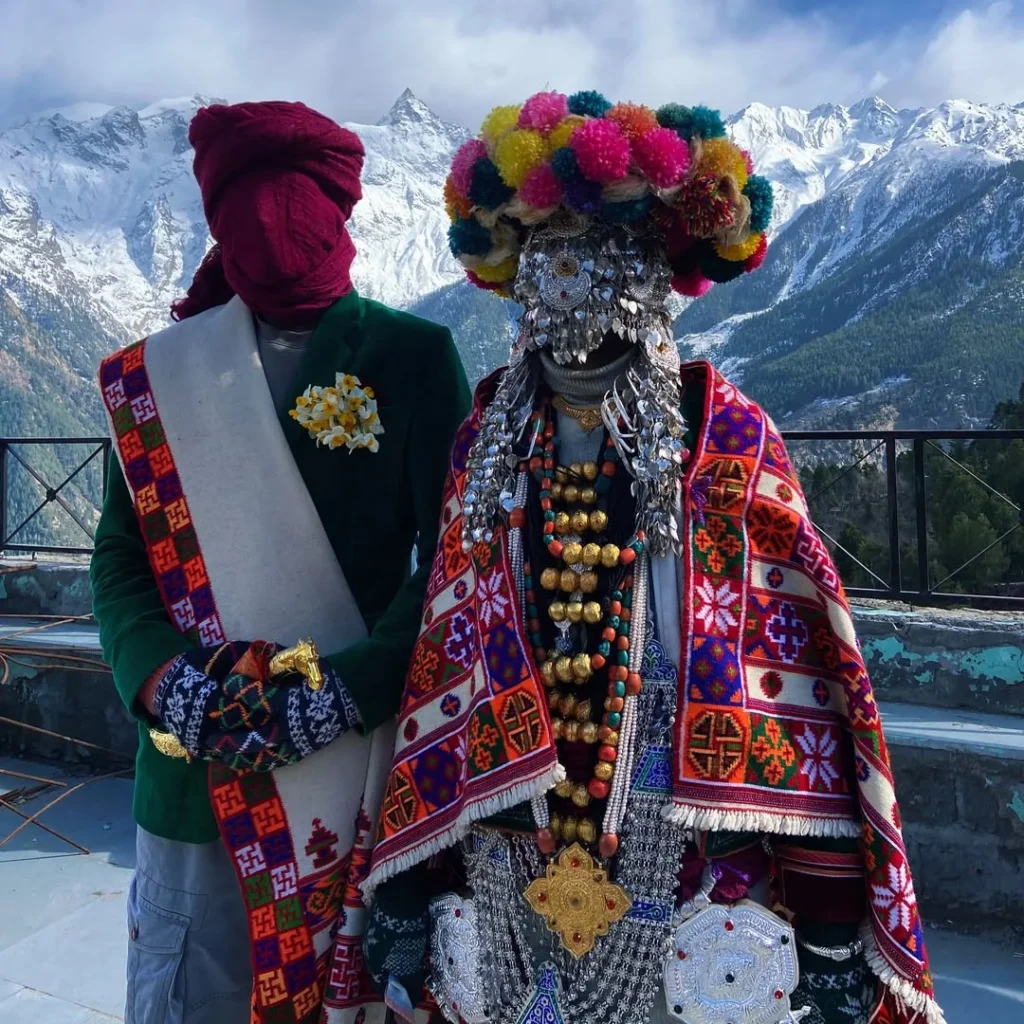
When and where it happens
Raulane takes place in early spring, often soon after Holi, when the days start to warm and people prepare to head back to the fields. In Kalpa the main ritual focuses on the Nagin Narayan (also written as Nara/Narayan variants) temple.
The festival can last several days, mostly about five to seven days. During that time the whole place becomes a ritual space of processions, music and small dramas that carry meaning the villagers understand well.
The two roles are chosen carefully. Kalpa is divided into parts called Saring. From each Saring, elders select people who will perform. Choice is not casual, community approval matters and in local telling, so do small signs that elders read as blessings from the Saunis.
What they wear is important so let’s break it down
- Raulane’s outfit: A Doru (Kinnauri shawl), a Choli (coat-like top), a Pattu (waist shawl), and a Gachchi (belt). Her head wear is floral, local flowers like Chamka (white), Narkasang (yellow) and colorful cotton seeds called Bakhri Kan. The women of the Saring dress her and put on ancestral jewellery which are silver items named daglo, bithri, contai and similar pieces passed down through families. These pieces link the ritual to long family histories.
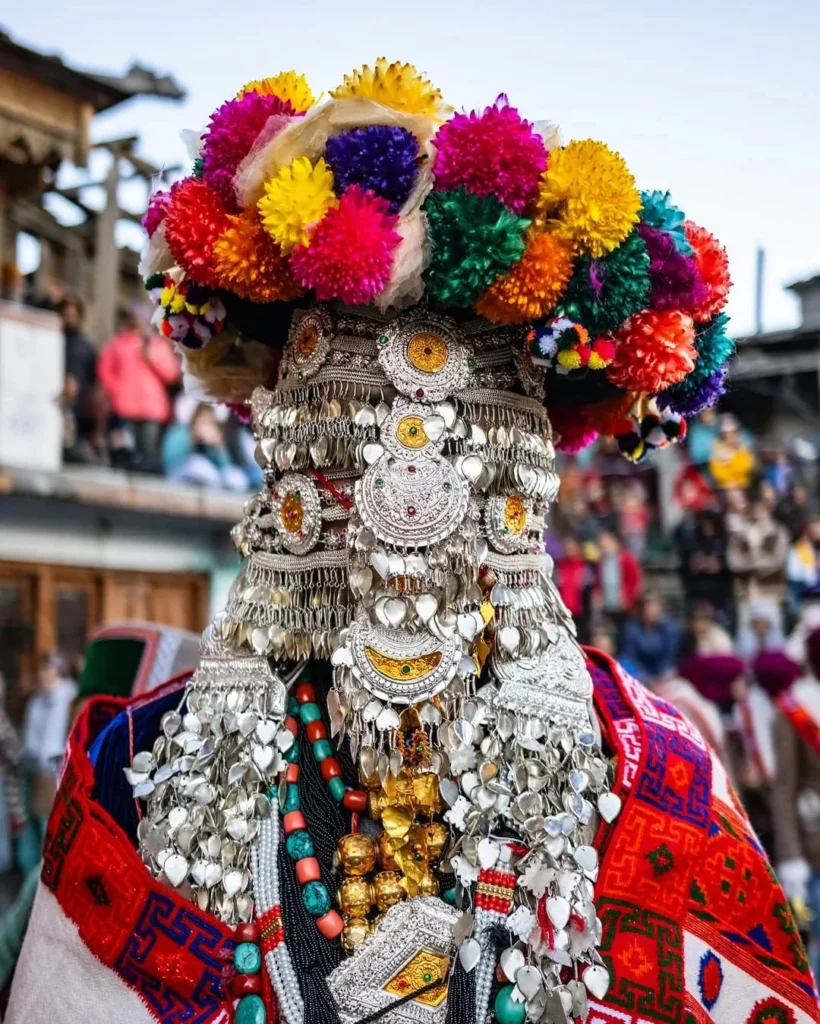
- Raula’s outfit : Thick Kinnauri wool garments, a red Gachchi or veil that covers his face, and a dagger called Rakas carried as protection against evil. His look is more reserved, the veil and full covering carry symbolic weight. Both cover their faces and wear gloves. There are multiple Raula’s and Raulane’s.
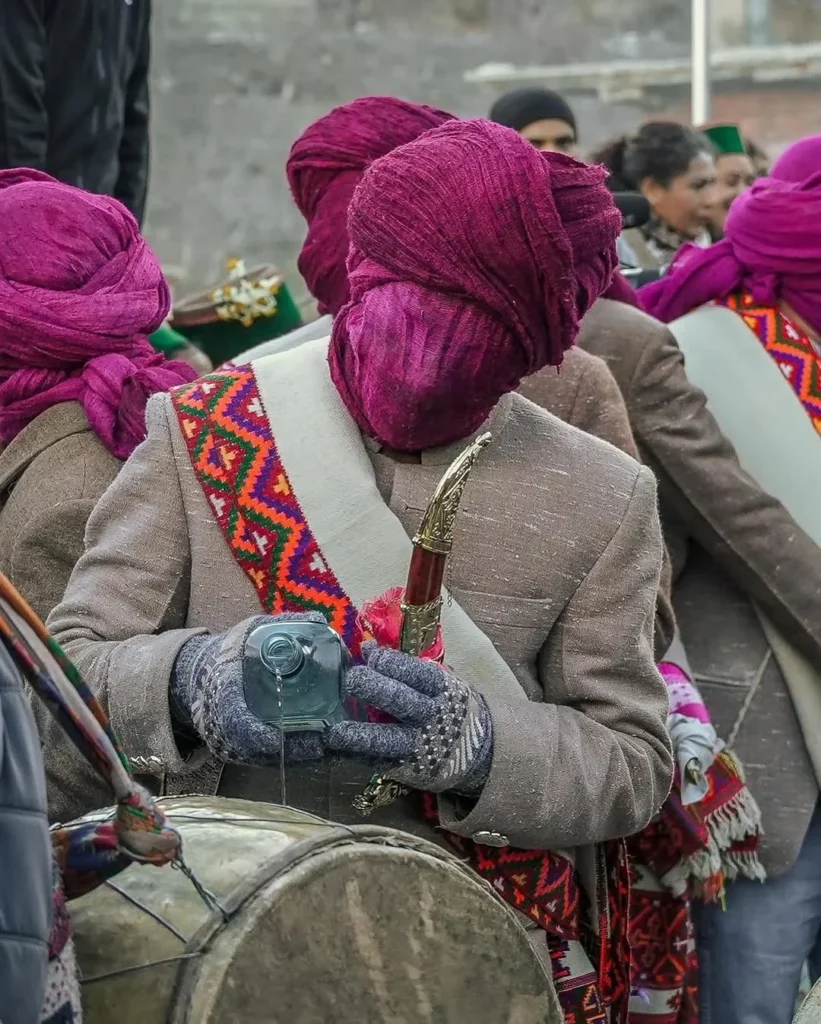
- Villagers give two explanations for this: one says the fairies should not recognise the humans and carry them away and another says covering shows humility in the presence of many holy spirits. Either way, the full covering makes the figures feel heavenly.
Let’s look at how the ritual is performed
The Raula and Raulane come from different Sarings and meet at the temple. They walk through the village in a procession, followed by drummers (Dhol Damau). People chant, laugh, and sometimes playfully tease.
At the Nagin Narayan temple, the mood completely changes. The loudness softens and the dance slows. The couple offers prayers and performs a symbolic dance. The movement is slow and careful, the kind of dance that makes you feel you are watching something older than the people performing it.
Alongside the main pair, there are other ritual actors:
Zannpundulu: Masked figures who perform to ward off evil spirits. Their masks are fierce because they are meant to frighten away harm. These figures appear in other nearby mountain festivals too.
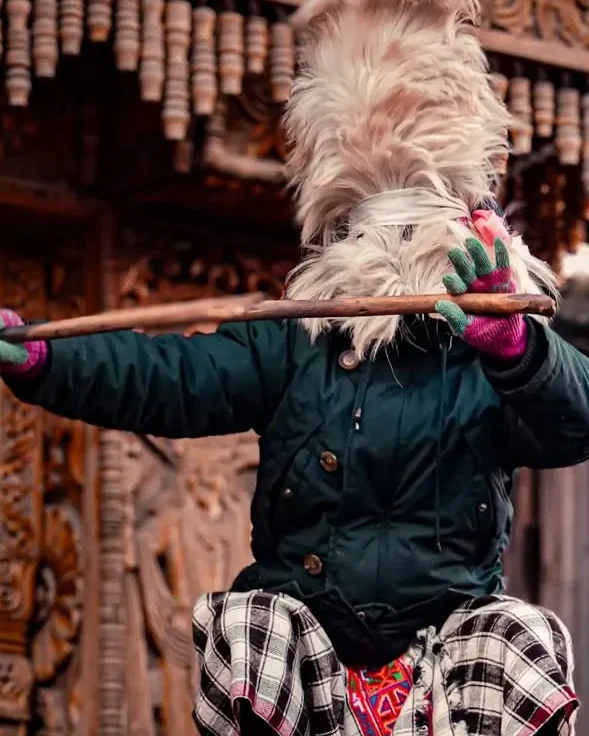

Kayang: A local folk dance in which people form a semicircle, linking arms in a garland-like pattern. The Raula and Raulane sometimes join or lead such dances as part of the prayers.
Sattu throwing: During the performance, they throw Sattu (barley flour) at the onlookers, much like the celebration of Holi. (In some parts of Himachal, Holi is celebrated with flour)
What the elders say and the story behind it
Locals insist Raulane is older than any single storyteller’s memory. Some call it five thousand years old and that is how strongly people feel the tradition is ancient.
The stories told to children are small but deep, nap under a Cedar (cedar is a tall, evergreen coniferous tree which is durable) in winter and a Sauni might tuck an invisible blanket around you.
Laugh loudly as the Raula perform, and you invite luck for the harvest. These are simple ways the culture keeps its history alive.
Why Raulane is catching the internet’s eye suddenly
In a world full of planned, edited travel videos, Raulane looks raw and alive.
The masked figures, the turbans, the old silver jewellery, the slow dance, these images travel fast on social platforms because they offer something different. Major outlets and social posts picked up the visuals and called attention to the festival’s authenticity. That sudden interest has brought more visitors and more questions, so it’s worth remembering that what makes Raulane special is its privacy and meaning within local life.
Raulane is more than a visual stunt. It is a compact world of meaning: a community thanking invisible protectors, families handing down costume and silver, elders choosing actors who will represent their hopes for a safe year and villagers joining in both prayer and play.
It reminds us that the Himalayas are not only a place of views but also of deep relationships between people and the unseen mountain world.
Whether you love it for the masks and music or respect it as a faith, Raulane asks something simple of anyone who watches: pay attention, stay quiet when needed and carry the story forward with care.
There are multiple festivals in Himalayan region that may seem different or hard to understand. It’s the culture of the Himalayas, and we all should respect the culture.


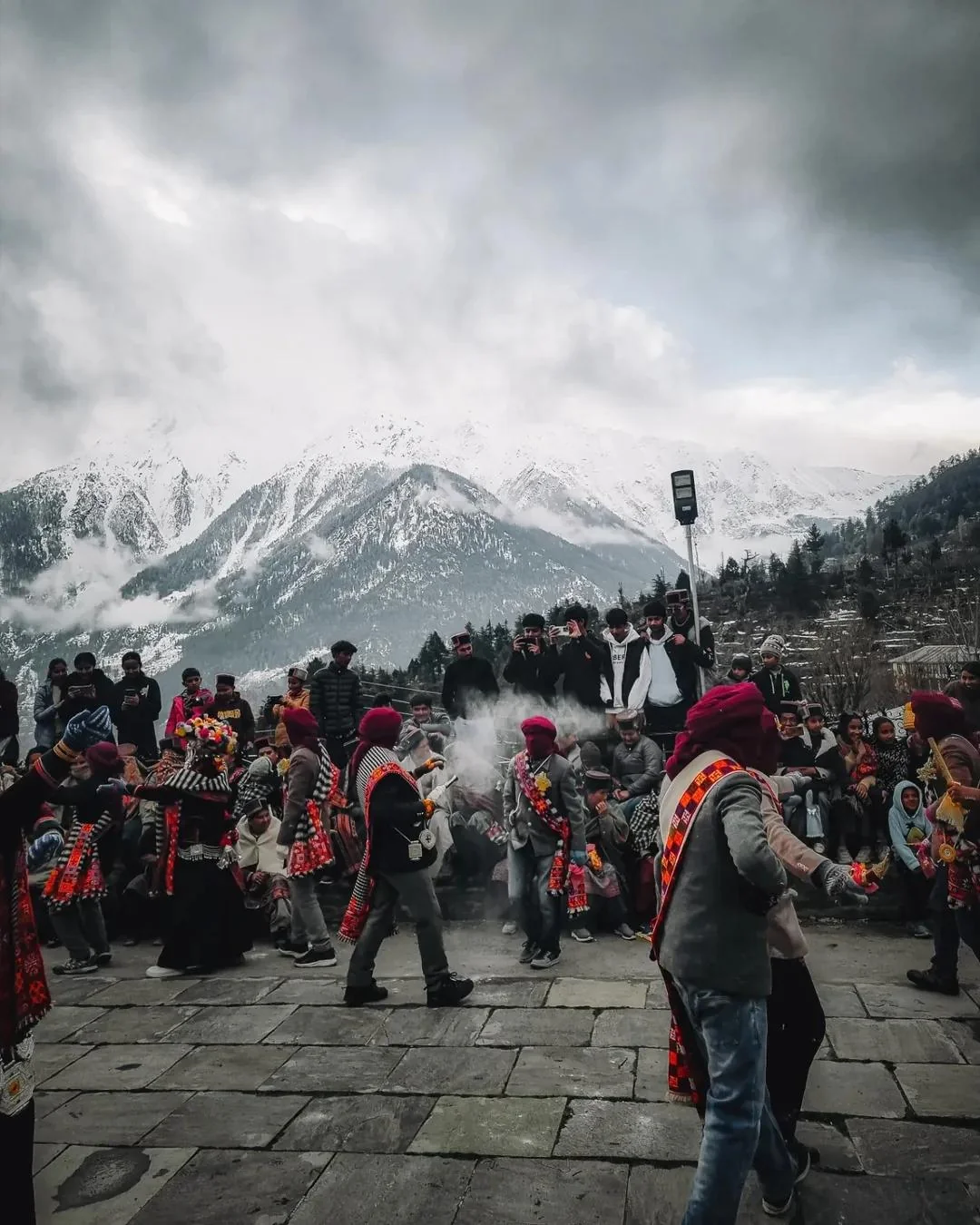
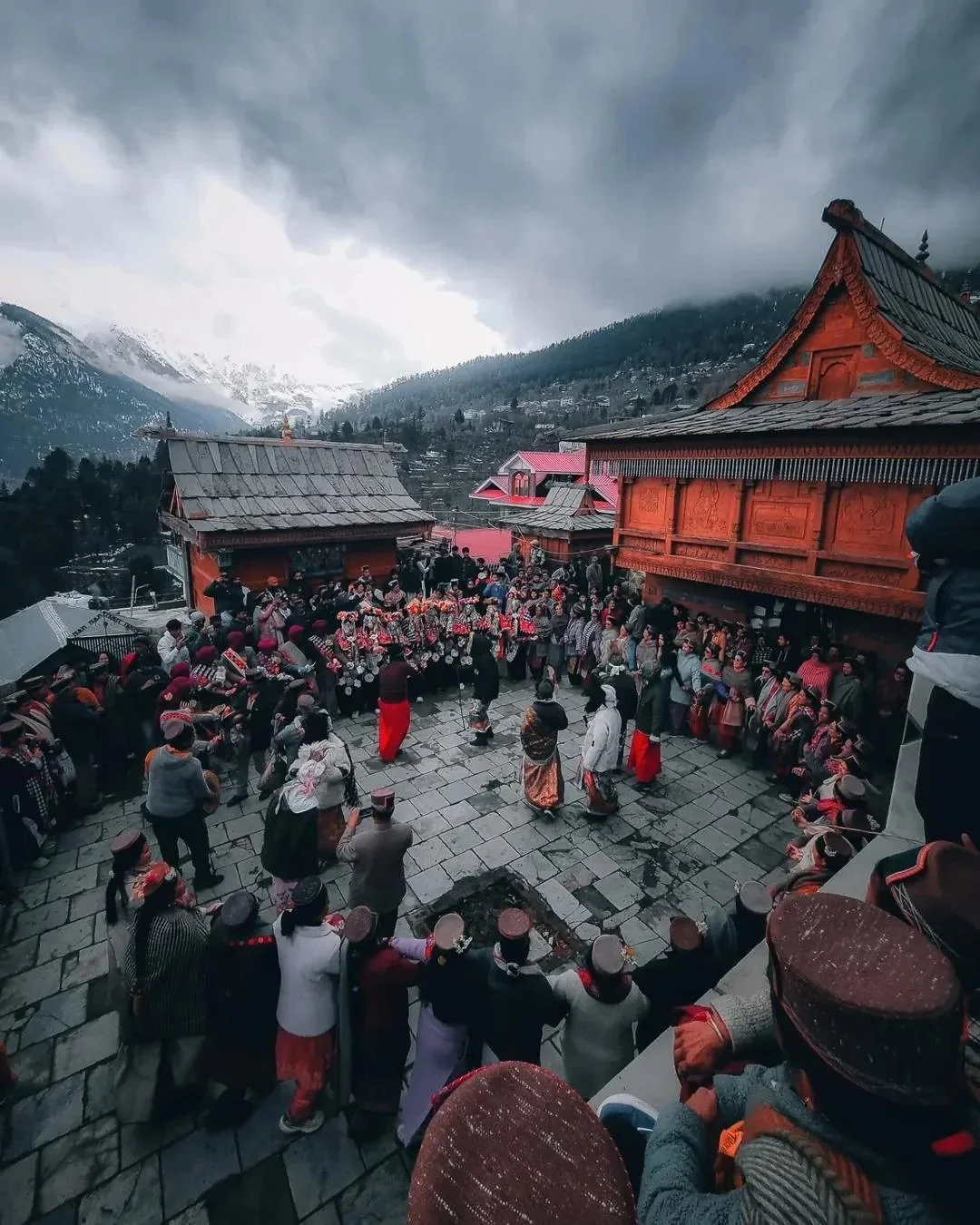
FAQs
Is Raulane a public festival I can join any time?
It is public in the sense that villagers welcome observers, but many parts,especially the temple rites, are sacred.
When exactly is Raulane held?
The timing shifts by village and year, but it usually happens in late winter or early spring, often soon after Holi.
Are the Raula and Raulane women?
Both roles are traditionally performed by men. They dress as bride and groom for symbolic reasons.

Leave a Comment